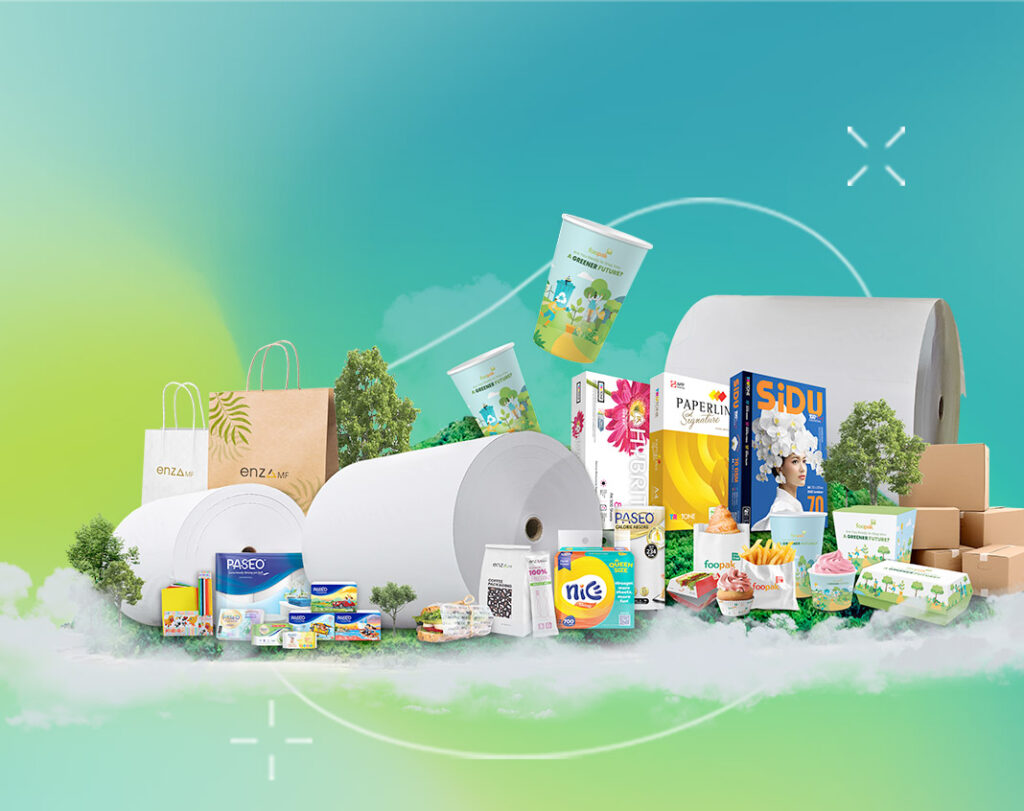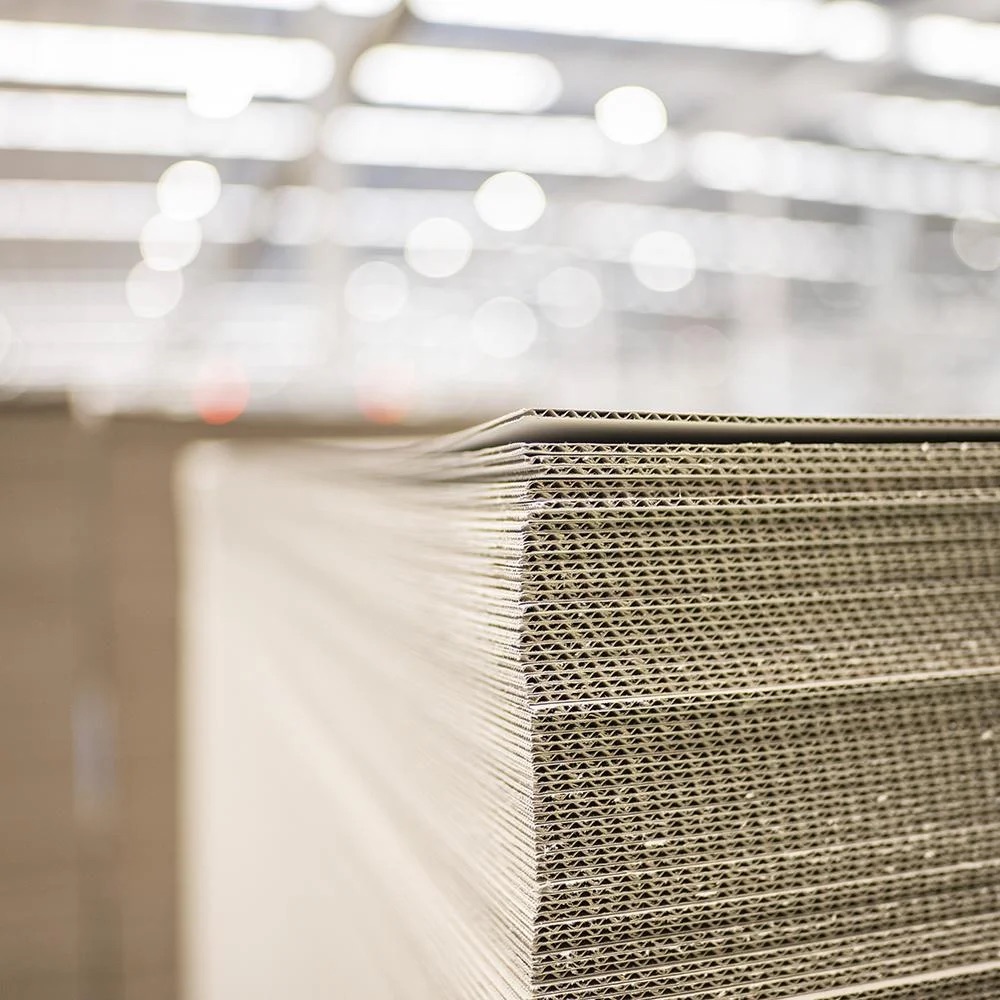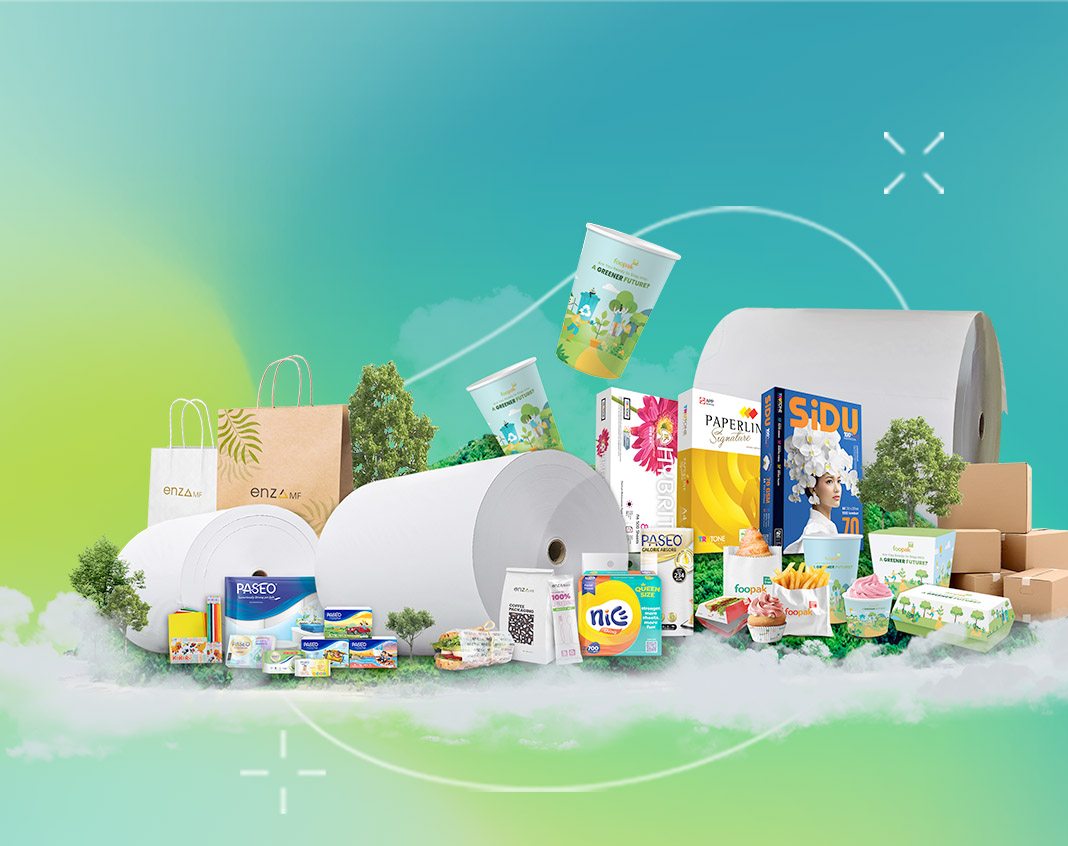How Regulations and Digitalisation Are Revolutionising the Paper Packaging Industry
By Nooraishah Omar, Editor, paperASIA
The global paper packaging industry stands at a pivotal juncture, facing growing pressure from environmental regulations, rising consumer expectations for sustainability and demands for greater operational efficiency. In this dynamic environment, regulations and digitalization are not isolated forces but rather two interlocking gears driving transformation.
While regulatory frameworks provide the guardrails and targets for sustainable packaging, digital technologies offer the tools necessary to meet these requirements efficiently and transparently. Together, they are reshaping how paper packaging is designed, produced, tracked and consumed.
This article explores how regulations and digitalisation are working hand-in-hand to transform the paper packaging landscape, highlighting practical applications, technologies and real-world examples of companies successfully navigating this evolution.
Regulations Drive Sustainability Goals
Governments worldwide have taken decisive action to combat environmental degradation caused by excessive packaging waste, particularly plastics. In response, a suite of regulatory measures has emerged that directly impacts the paper packaging industry. These include:
- Plastic packaging bans and restrictions
- Mandatory recyclability and biodegradability standards
- Extended Producer Responsibility (EPR) schemes
- Carbon footprint disclosures and reduction targets
These frameworks push manufacturers to develop environmentally responsible packaging alternatives, with paper-based solutions often positioned as a preferred substitute for plastic due to their recyclability, biodegradability and renewable sourcing potential.
Some key regulatory initiatives include the European Union Circular Economy Package which mandates all packaging must be recyclable or reusable by 2030; the Canadian Zero Plastic Waste Strategy which emphasises the need for sustainable alternatives like fibre-based packaging; China’s National Sword Policy and domestic restrictions that increase pressure on packaging exporters to use clean, recyclable materials; and the EPR legislation which is being adopted in many U.S. states, requiring producers to finance the end-of-life management of packaging.
These regulations, while challenging, serve as powerful catalysts for innovation in paper packaging—driving companies to rethink material usage, product design and supply chain transparency.
Digitalisation Enables Compliance and Traceability
Complying with evolving regulatory standards requires more than eco-friendly materials—it demands data-driven transparency, accountability and agility. This is where digitalisation steps in.
Most companies around the world now adopt various technologies that empower compliance. Track-and-trace systems such as QR codes, RFID tags and blockchain-based tracking solutions enable real-time visibility into material sourcing, production and distribution. Digital twins, where virtual replicas of production lines are used to optimise energy use and anticipate mechanical failures, supporting energy-efficiency regulations. Many companies have also installed data analytics dashboards which allow for detailed monitoring of material usage, emissions, recycling rates and energy consumption. To streamline documentation for audits and regulatory filings, reducing human error and increasing accuracy, the companies turn to automated compliance reporting.
One such example is a European paper packaging company that uses blockchain to verify the recycled content in its cartons can instantly generate a digital report to comply wit hEU Circular Economy reporting requirements.
Digitalisation not only enables regulatory compliance but also empowers companies to prove their sustainability claims to consumers and stakeholders with verifiable data.
Sustainable Design through Digital Tools
As regulations place stricter demands on packaging lifecycle impacts, design becomes a critical focal point. Leveraging digital tools for sustainable design enables companies to develop packaging that is both compliant and efficient.
Key tools in sustainable design:
- CAD (Computer-Aided Design) Software: Facilitates detailed structural modeling, reducing trial-and-error in physical prototyping.
- Life Cycle Assessment (LCA) Software: Calculates environmental impacts across the product lifecycle, helping companies stay within regulatory carbon and resource limits.
- AI and Machine Learning: Optimise designs for material use, durability and recyclability based on past performance data.
Digital prototyping accelerates innovation while reducing material waste and cost. Packaging engineers can simulate stress tests, moisture resistance and folding patterns digitally—eliminating the need for multiple physical samples. With digital tools, companies can ensure their new packaging solutions align with global sustainability standards from the design phase itself.
Smart Manufacturing and Industry 4.0 in Paper Packaging
Regulatory compliance doesn’t end with product design—it extends to how packaging is manufactured. In this aspect, Industry 4.0 technologies have enabled major leaps in efficiency and environmental performance.
Automation and robotics, IoT sensors, predictive maintenance systems and real-time environmental monitoring are some of the core digital manufacturing technologies. Automation and robotics can enhance precision, reduce manual waste and allow flexible production runs, while IoT sensors can monitor variables like paper quality, machine temperature and humidity in real-time. Companies have also used predictive maintenance systems by anticipating equipment failures therefore reducing downtime and energy use. Real-time environmental monitoring allows companies to track water usage, emissions and energy consumption to ensure their facilities operate within the permitted levels. These advances align with industrial emissions directives, energy efficiency targets and zero-waste manufacturing regulations.
Smart factories in the paper packaging sector are becoming greener, leaner and more compliant—transforming regulatory requirements into competitive advantages.
Consumer Information and Engagement through Digitalisation
Transparency doesn’t stop at the factory door. Modern regulations increasingly mandate clear labeling, recyclability instructions and product origin disclosures—and digital technology delivers.
Presently, the packaging industry is revolutionising itself through various innovations. As mentioned earlier, QR codes are used as a track-and-trace system that can also provide instant access to sustainability credentials, recycling instructions and origin tracing. Meanwhile, Augmented Reality (AR) can enhance engagement and educate consumers about eco-conscious usage and disposal. Companies have also replaced printed materials by providing digital instruction leaflets, thereby reducing paper usage and environmental impact.
These innovations meet the expectation of the EU Packaging Labeling Regulation, the U.S. FTC Green Guides and the Consumer Data Rights (CDR) in Australia and elsewhere. Digitalisation has bridged the gap between regulatory labeling requirements and interactive consumer experiences, turning compliance into customer loyalty.
Real-World Examples: Innovation at Work
Let’s explore companies that are successfully integrating regulation and digitalisation to future-proof their paper packaging operations.
1. Whitakers (UK)
Whitakers, a specialty chocolate brand, embraced recyclable barrier paper packaging, replacing traditional plastic films. The company aims for 100% sustainable packaging by 2025. In partnership with Screen, Sappi and Mercian Labels, they utilised:
- Digital Inkjet Printing (Truepress PAC520P)
- Water-Based Inks
- Flexible Production for Small Batches
Regulatory Impact: Meets EU mandates on plastic reduction and recyclable packaging.
Digital Impact: Reduced material waste, agile production, and traceability.

Whitakers (UK) aims for 100% sustainable packaging by 2025 (Photo: Whitakers UK)
2. Asia Pulp & Paper (APP) and Riau Andalan Paperboard International (RAPI)
APP’s Sustainability Roadmap Vision 2020–2030 includes:
- No-Deforestation Policy
- SVLK Legality Certification
- Online Monitoring Dashboards
Regulatory Impact: Compliance with forest legality laws and carbon disclosure mandates.
Digital Impact: Transparent supply chains and real-time sustainability tracking.

3. Tetra Pak
A pioneer in sustainable food packaging, Tetra Pak is:
- Testing fibre-based barrier layers to replace aluminum in cartons.
- Using digital systems to track recycling infrastructure and performance.
- Partnering with Veolia to expand recycling in Europe.
Regulatory Impact: Supports EU circular economy and 90% recyclability target.
Digital Impact: Data-driven infrastructure planning and performance metrics.

4. Visy (Australia)
Visy has invested heavily in:
- Waste-to-Energy facilities
- Integrated recycling and paperboard production
- Digital monitoring of energy and water use
Regulatory Impact: Complies with Australia’s stringent waste reduction laws.
Digital Impact: Full-circle tracking of resource use and emissions.

5. Ansell
Ansell’s cleanroom packaging initiative introduced:
- QR-based Digital Instructions for Use (IFUs)
- Smart Packs that reduce volume and eliminate printed leaflets
Regulatory Impact: Aligns with EU PPE Regulation 2016/425.
Digital Impact: Saves over 2.5 tonnes of paper annually.
6. APRIL Group (Indonesia)
Under the APRIL2030 Policy, the group launched:
- Sustainable Paperboard Plants
- Certified Fibre Sourcing (PEFC)
- Digital Lifecycle Tracking
Regulatory Impact: Addresses deforestation and traceability regulations.
Digital Impact: Transparent reporting and ESG compliance.
A Framework for the Future
The paper packaging industry is no longer just about boxes, wraps and labels—it’s about creating sustainable, traceable and intelligent packaging systems. Regulations are raising the bar for environmental performance, and digitalisation is providing the means to meet—and often exceed—those standards.
For stakeholders across the value chain—manufacturers, brand owners, regulators and consumers—the convergence of regulation and digitalisation offers a clear path to a circular, low-impact and future-proof packaging ecosystem.
The companies leading the way are those who view compliance not as a burden, but as a catalyst for transformation—and who harness digital innovation to meet the challenge head-on.



